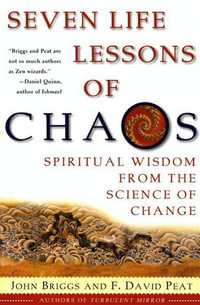
eTEXT
Level Crossing Methods in Stochastic Models
Numerical Data and Functional Relationships in Science and Technology - New Series Gruppe/Group 3 Condensed Matter Volume 12 Hellwege/Hellwege: Magnetic and Other Properties of Oxides and Related Compounds / Magnetische Und Andere
By: Percy H. Brill
eText | 3 December 2008
At a Glance
eText
$309.00
or
Instant online reading in your Booktopia eTextbook Library *
Read online on
Desktop
Tablet
Mobile
Not downloadable to your eReader or an app
Why choose an eTextbook?
Instant Access *
Purchase and read your book immediately
Read Aloud
Listen and follow along as Bookshelf reads to you
Study Tools
Built-in study tools like highlights and more
* eTextbooks are not downloadable to your eReader or an app and can be accessed via web browsers only. You must be connected to the internet and have no technical issues with your device or browser that could prevent the eTextbook from operating.
ISBN: 9780387094212
ISBN-10: 0387094210
Published: 3rd December 2008
Format: PDF
Language: English
Publisher: Springer Nature
You Can Find This eBook In
This product is categorised by
- Non-FictionBusiness & ManagementOperational Research
- Non-FictionEconomicsEconometricsEconomic Statistics
- Non-FictionBusiness & ManagementManagement & Management TechniquesManagement of Specific AreasProduction of Quality Control Management
- Non-FictionComputing & I.T.Computer ScienceSystems Analysis & Design
- Non-FictionMathematicsApplied Mathematics
- Non-FictionMathematicsProbability & Statistics
- Non-FictionEngineering & TechnologyTechnology in GeneralEngineering in General
- Non-FictionComputing & I.T.Digital Lifestyle & Online World: Consumer & User GuidesPortable & Handheld Devices User Guides
- Non-FictionSciencePhysicsElectricity
- Non-FictionScienceChemistry
- Non-FictionComputing & I.T.Computer ScienceComputer Architecture & Logic Design
























